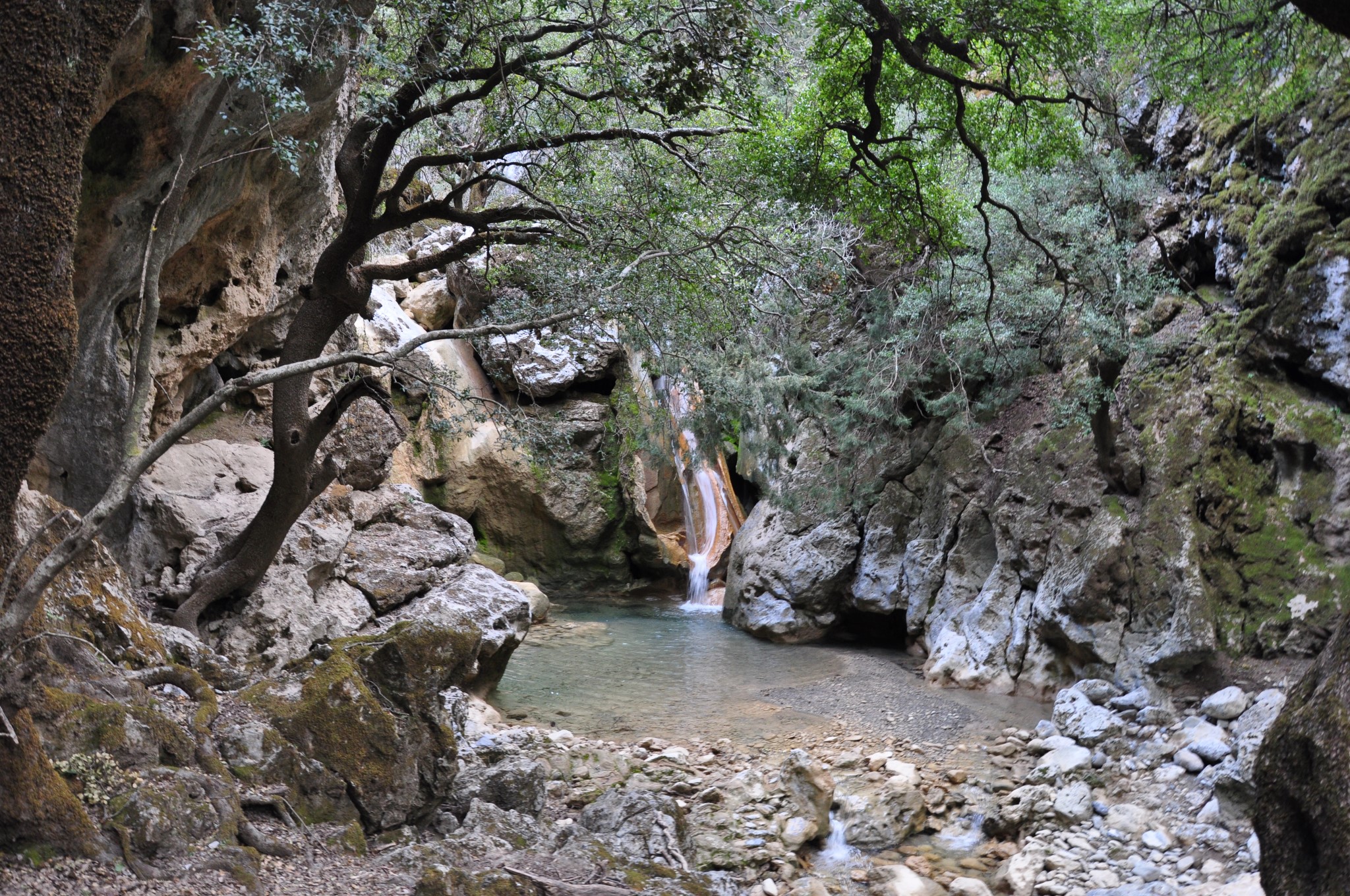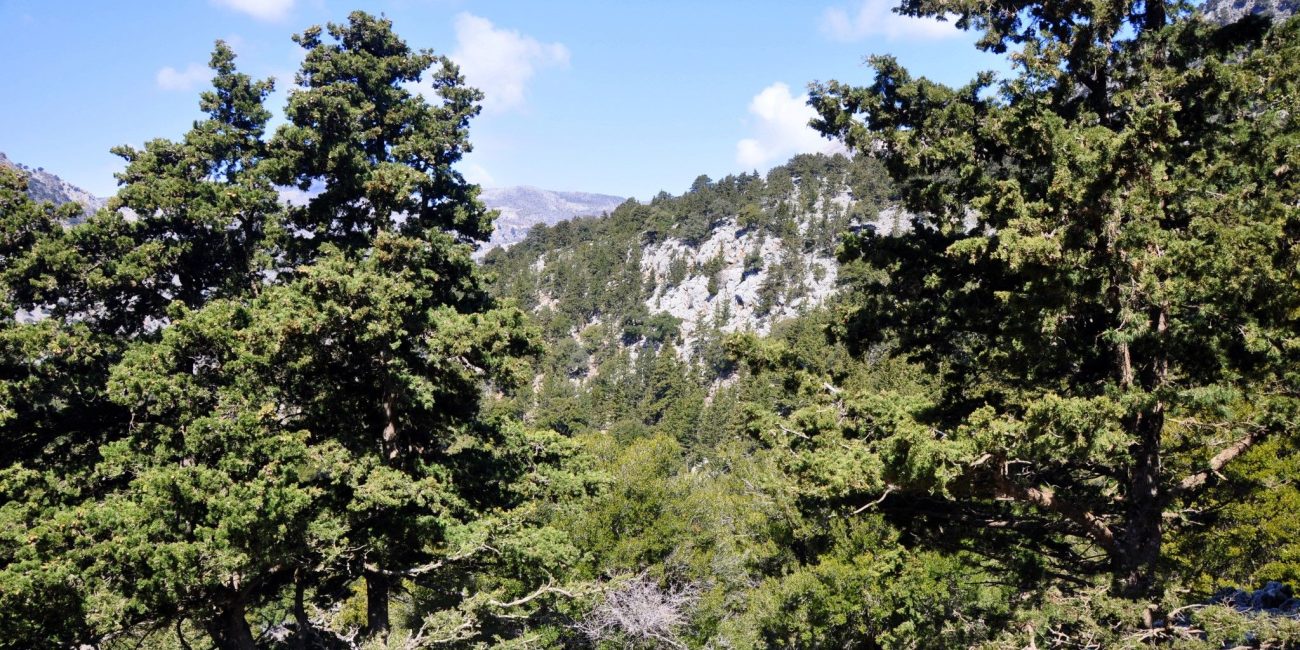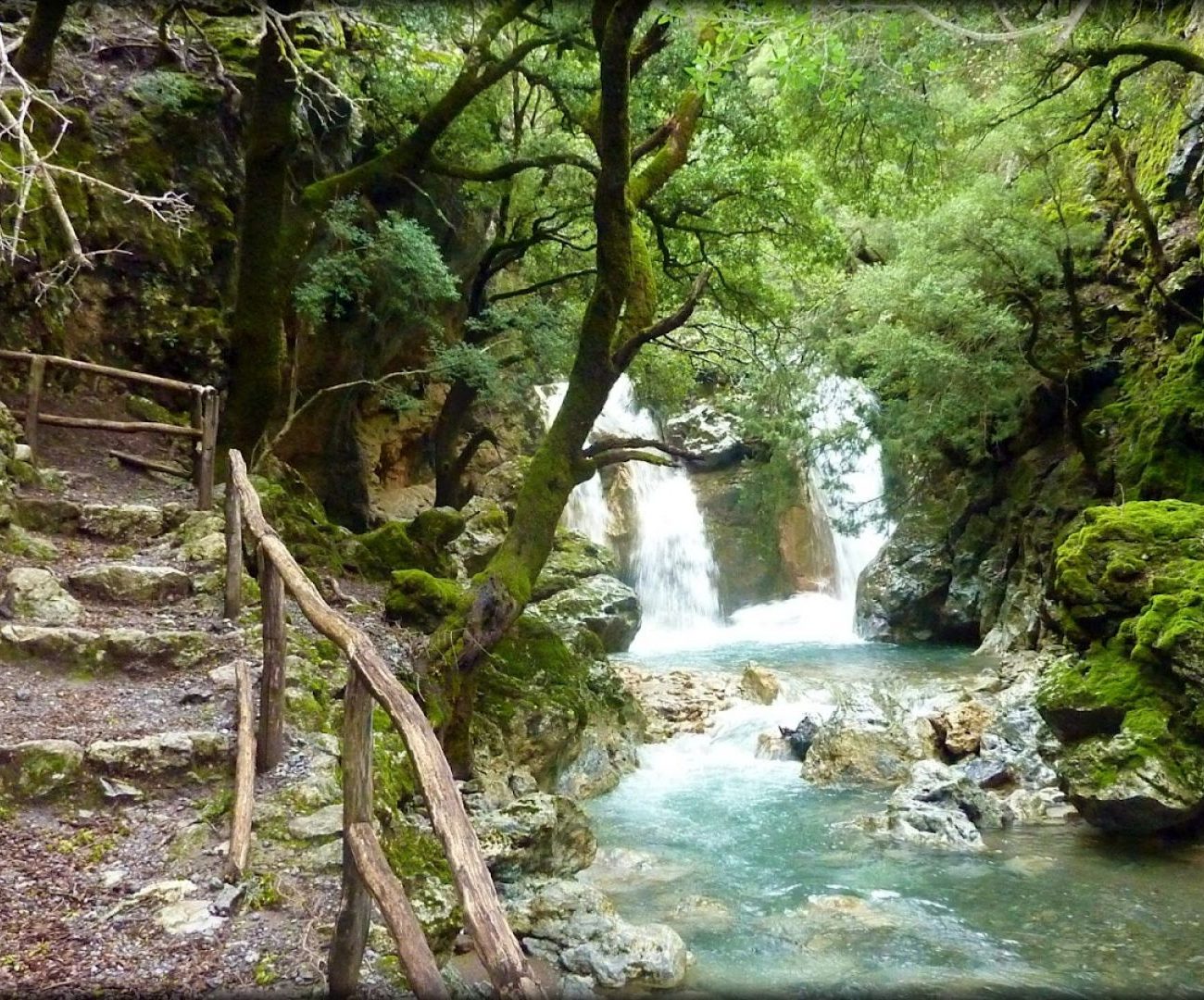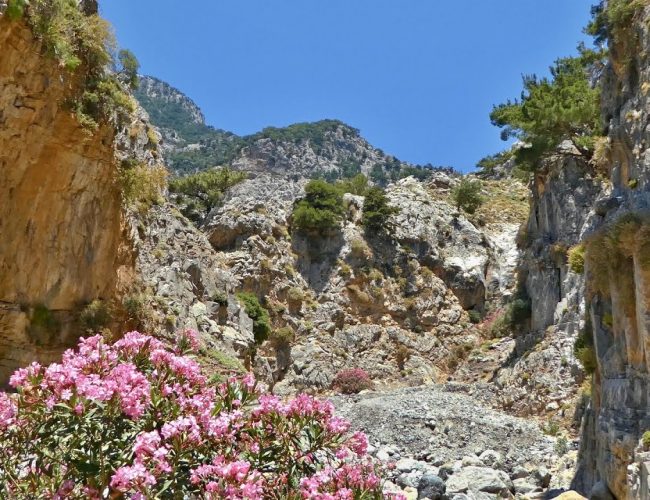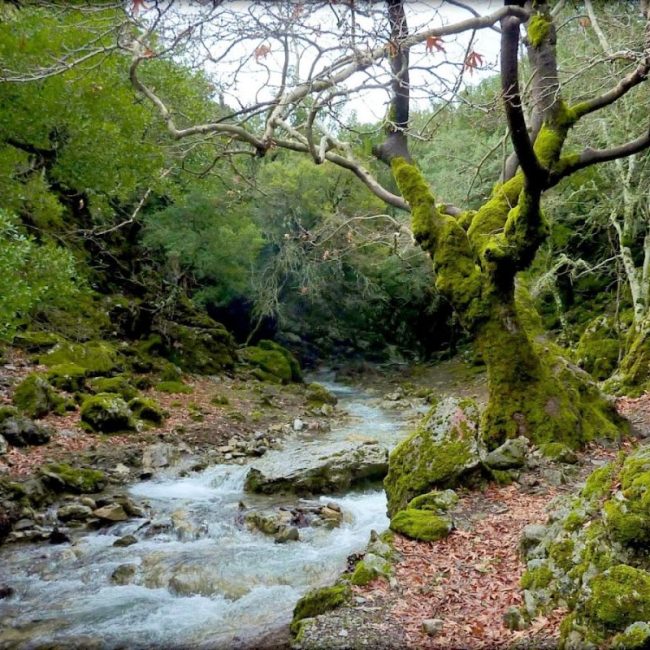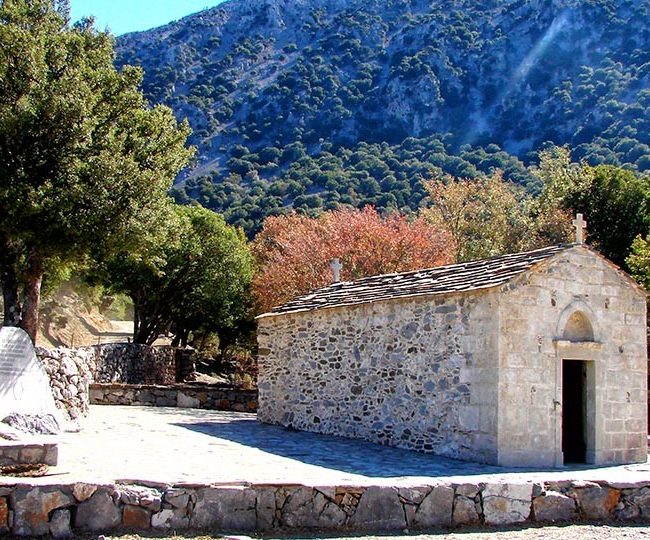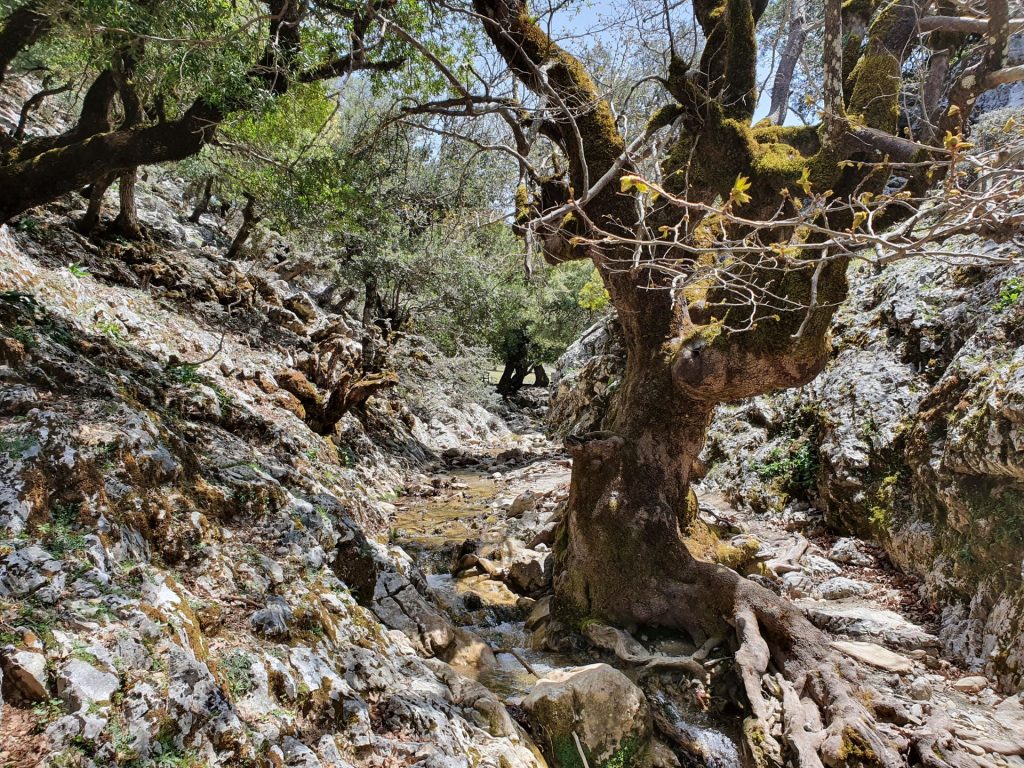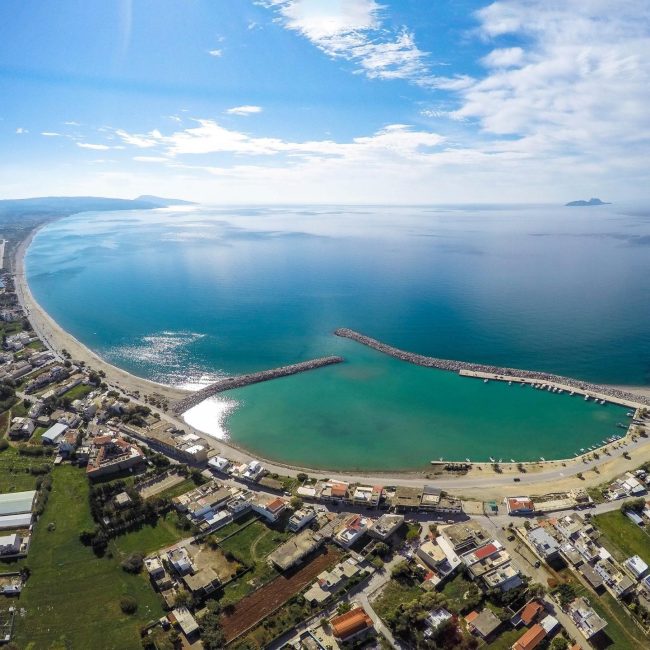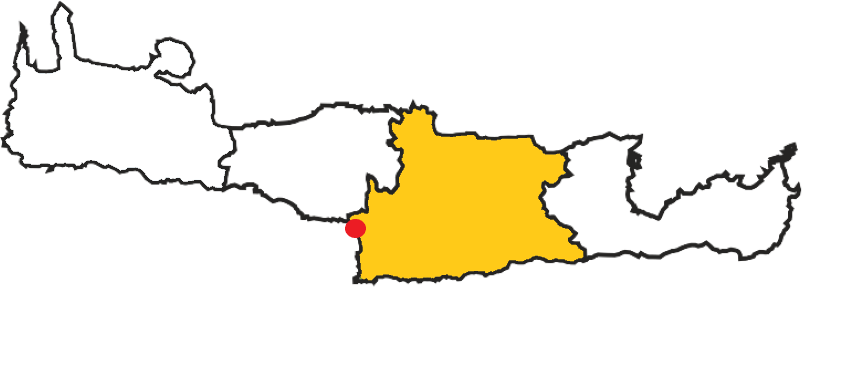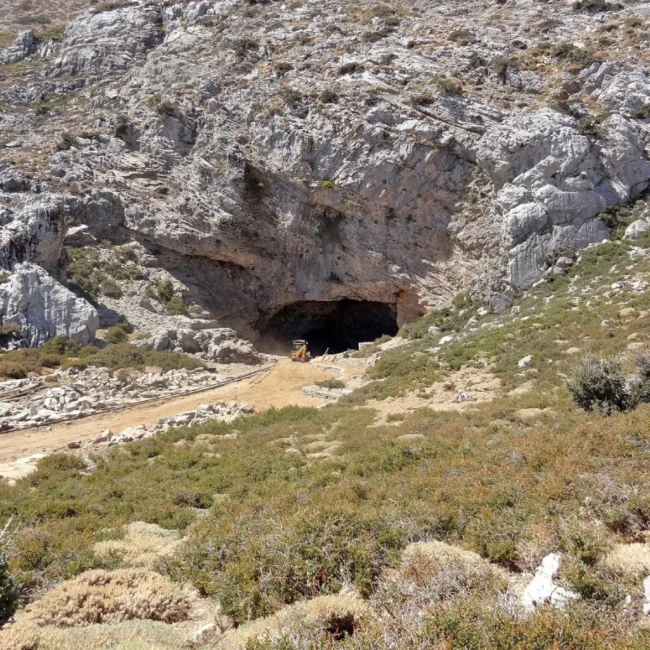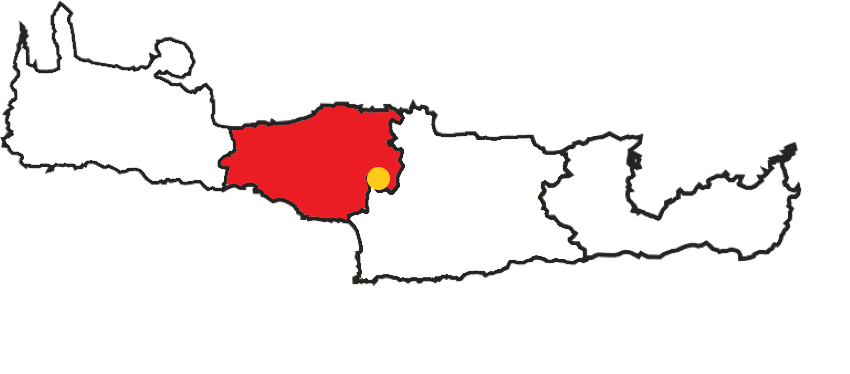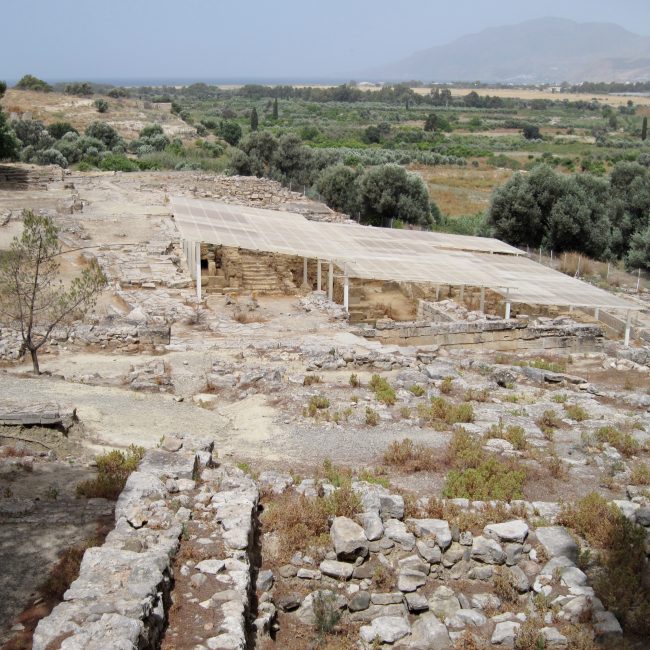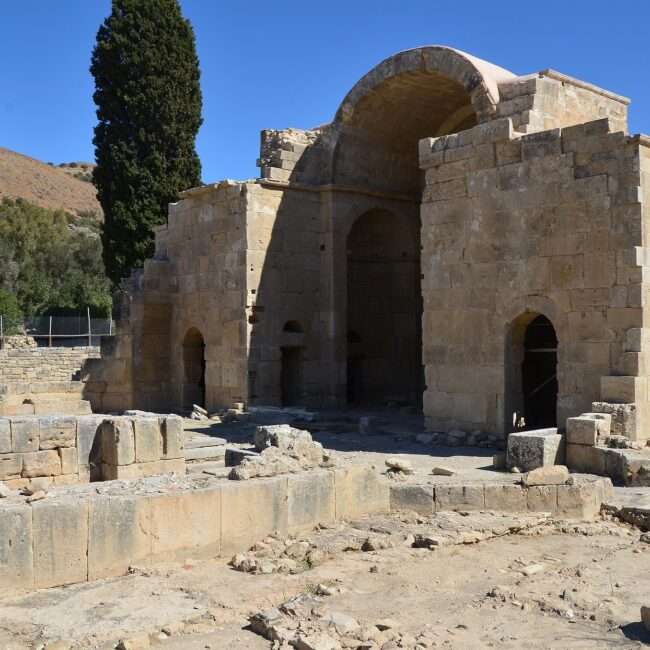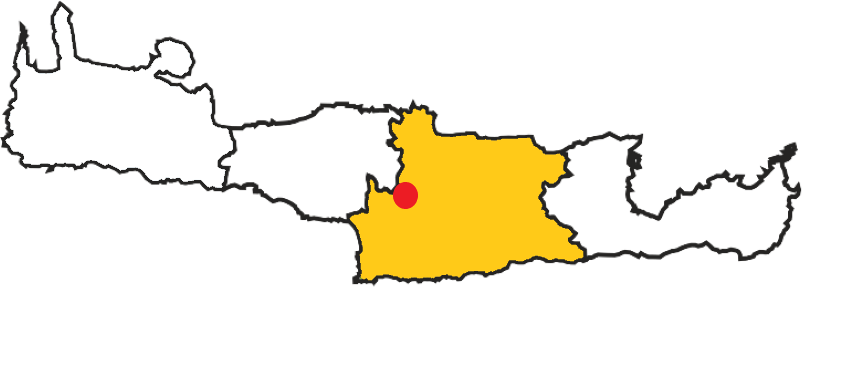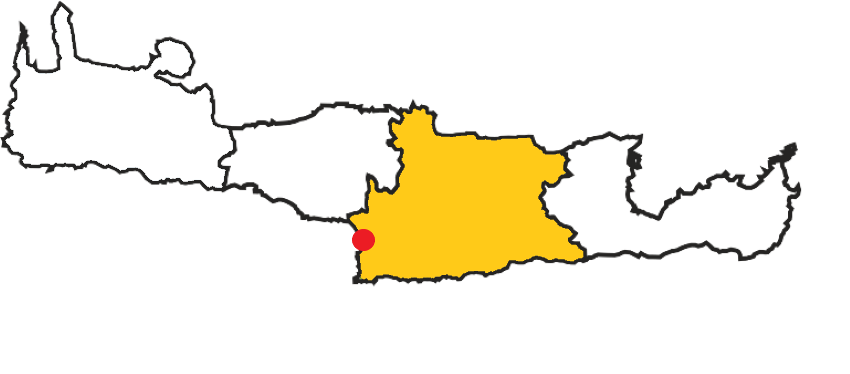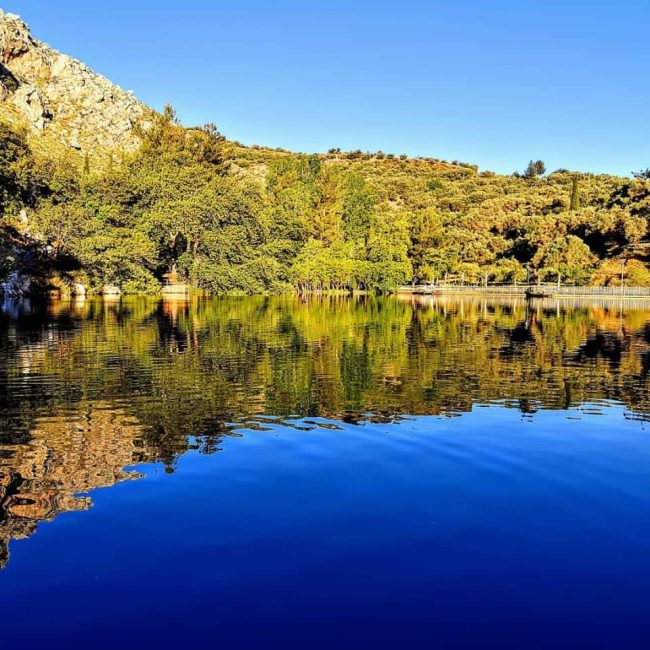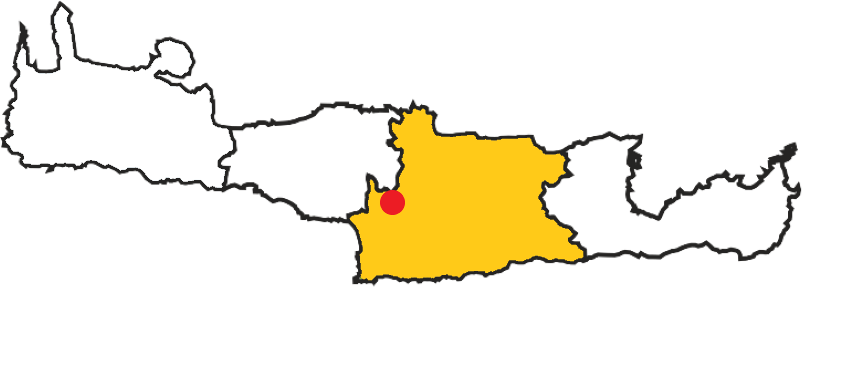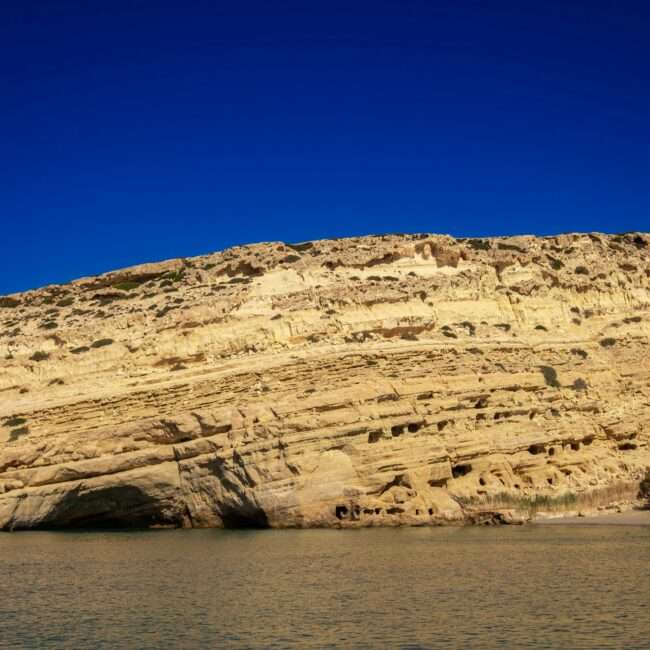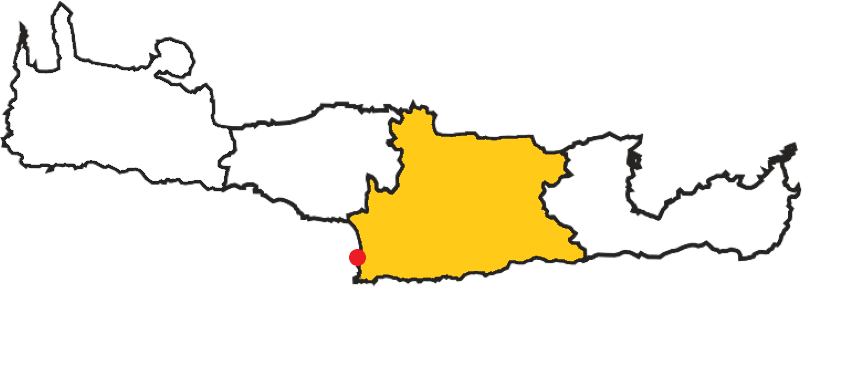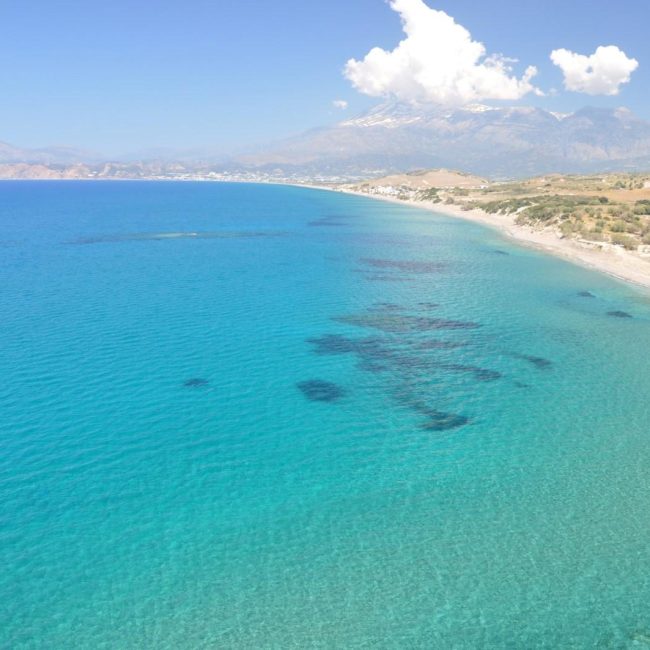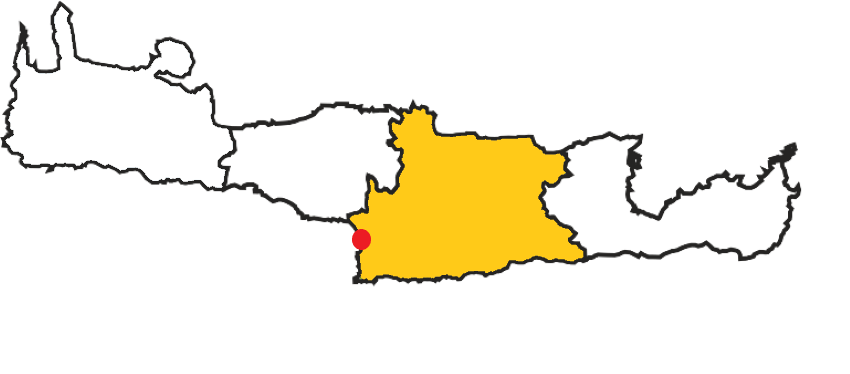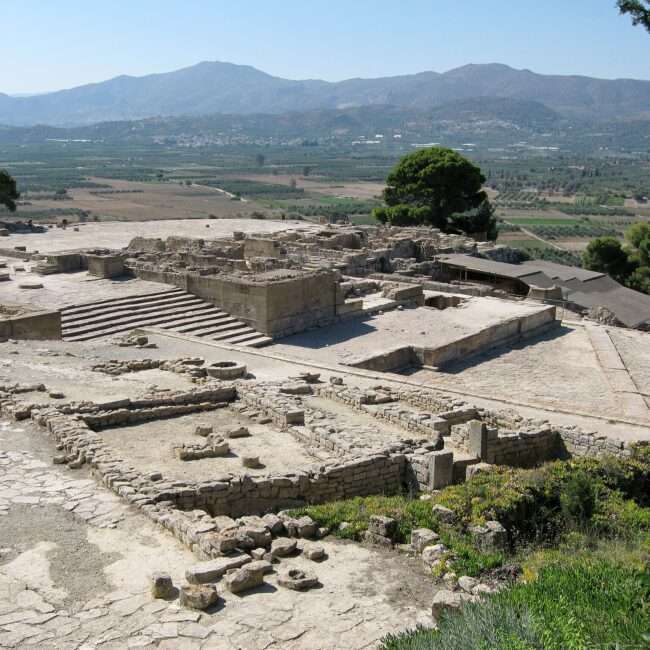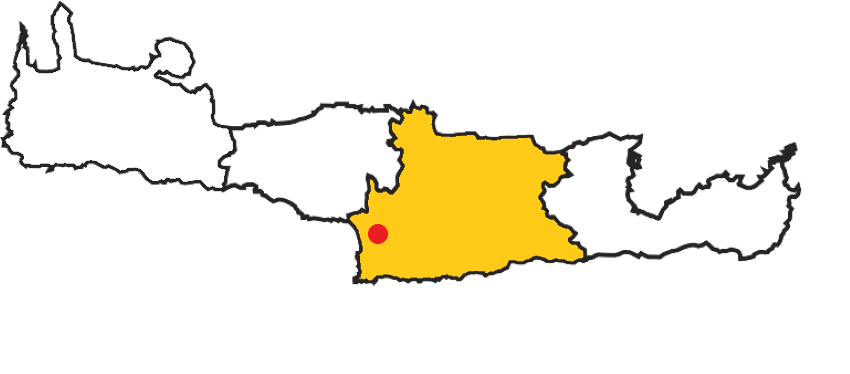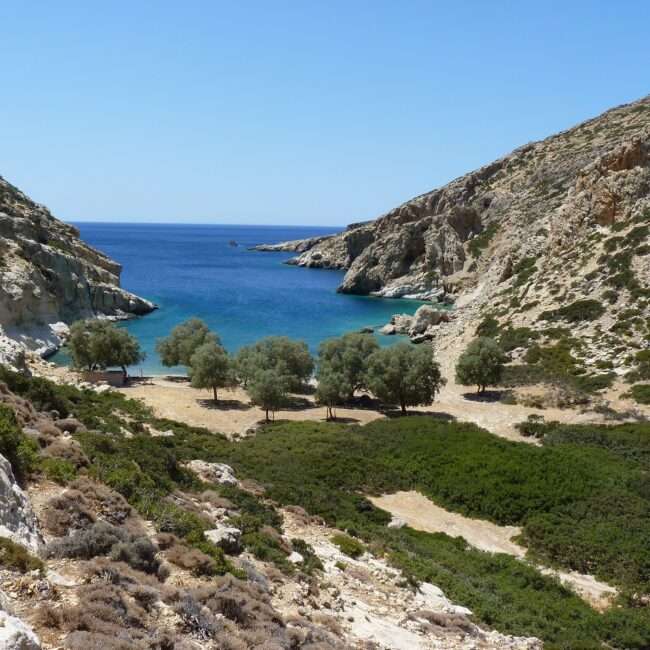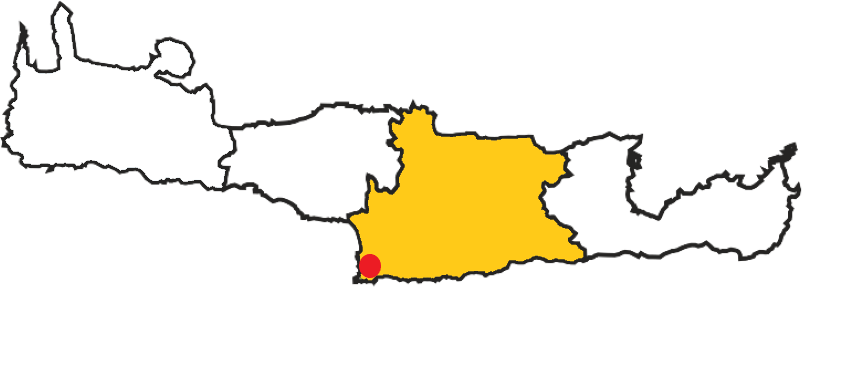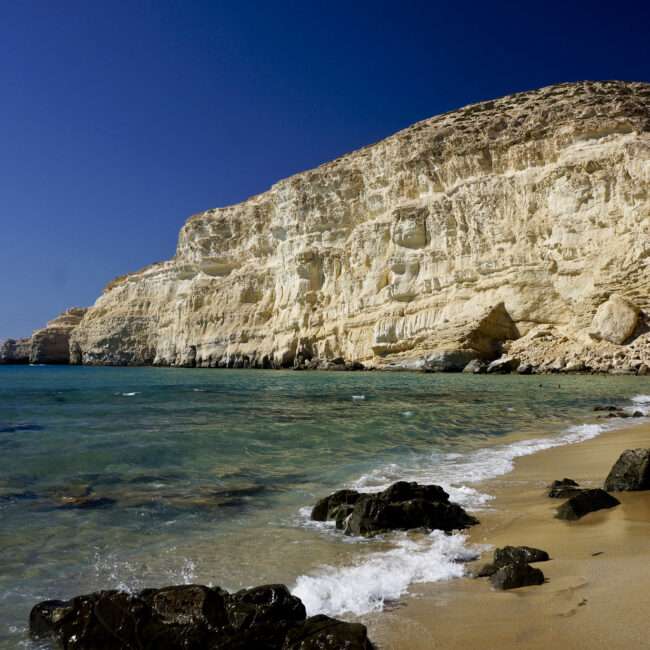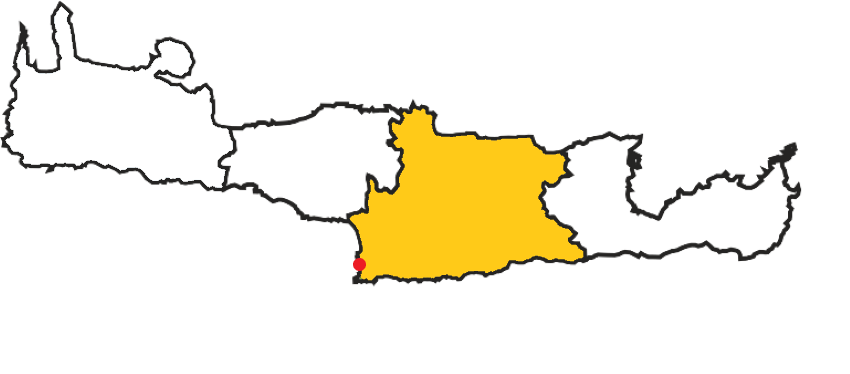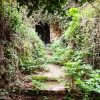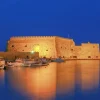Rouvas Gorge
Rouvas Gorge: Exploring Nature's Majestic Tapestry in the Heraklion Region
Rouvas Gorge, located in central Crete, north of Zaros village, stands as a captivating natural wonder waiting to be discovered. With its rugged beauty, lush vegetation, and pristine serenity, the gorge offers a truly unforgettable experience for hikers, nature enthusiasts, and those seeking a deeper connection with the island’s untamed wilderness. This article unveils the enchanting story of Rouvas Gorge, revealing its natural splendor, cultural significance, and the exhilarating adventures it offers.
Names and origins
The Gorge’s official name is Gafari, but two other names are commonly used by the locals.
The first is Saint Nicholas Gorge because of the old church which is located at the end of the trail where the new monastery of the saint is built.
Then is the name Rouvas, which remained, and comes from the forest of Rouva which is extended at the surrounding region and according to mythology it was considered to be the home of the nymphs.
A Scenic Masterpiece
Rouvas Gorge is a beautiful setting with stunning cliffs, jagged rock formations and a wealth of lush flora.
The gorge’s walls, carved by nature’s forces over millennia, provide a captivating tapestry of geological wonders.
Hikers are rewarded with stunning landscapes, cascading waterfalls, and the quiet murmur of the Karteros River, which meanders through the canyon, as they go via its meandering trails.
The breathtaking splendor of Rouvas Gorge is both a feast for the senses and a haven for the soul.
the trail
The journey to Rouvas Gorge begins in the charming Zaros village, passing through the mountains and stunning scenery. The hike takes visitors through a dense forest, along a meandering river, and through narrow passageways carved out by the elements.
The total length of the gorge is 4 kilometers but the trail that has been laid for you to explore is 2.7 kilometers. The trail can be challenging, but the stunning views and serene atmosphere make it well worth the effort.
The variety of the scenery is truly stunning. The walk is along the river bed, which has a lot of water on the spring and several waterfalls and ponds are formed. On the way, we pass a wooden bridge and continue in a lush green gorge until we reach the heart of the Rouvas forest and the church of Agios Ioannis (St. John).
A Haven of Biodiversity
Rouvas Gorge is a biodiversity hotspot, home to a diverse range of plant and animal species.
The atmosphere of the gorge encourages the cultivation of a rich flora, including aromatic herbs, wildflowers, and antique olive trees.
Visitors may come to see indigenous vegetation and unusual bird species flying above the treetops.
The harmonious cohabitation of numerous ecosystems within Rouvas Gorge offers nature enthusiasts a once-in-a-lifetime opportunity to observe the interdependence of life.
One of the unique features of Rouvas Gorge is the ancient olive trees that dot the landscape. Some of these trees are estimated to be over 1,000 years old and serve as a testament to the rich cultural heritage of the area. Visitors can admire these ancient trees and learn about the importance of olive cultivation in Crete.
The Rouvas Forest is a nationally significant ecosystem of holly trees. The woodland region is around 30,000 acres in size. The woodland of Rouvas is rare because holly trees escaped their bushy customary form and size and developed features and sizes that differ from those used in Greece.
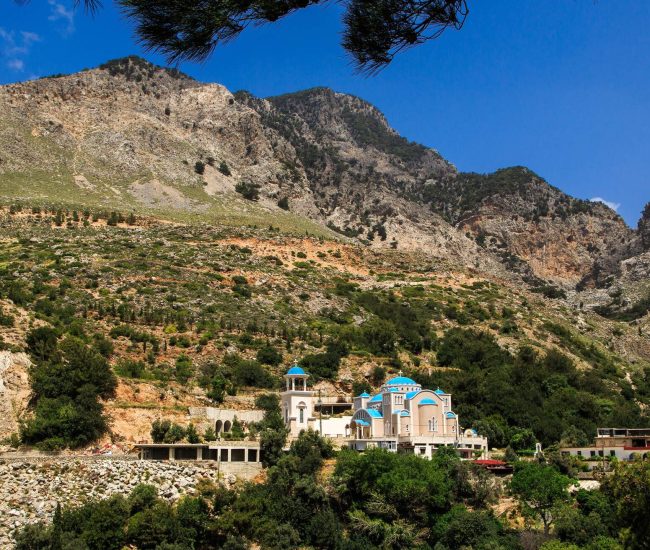
The modest chapel of Saint Nicholas, located near the end of the hike, is another feature of Rouvas Gorge.
The chapel, tucked among the woods and overlooking the river, is a simple yet magnificent edifice.
It allows tourists to relax and ponder in the gorge’s tranquil and serene surroundings.
The chapel is located at the newly built Saint Nicholas monastery, with frescoes from the 14th century in the Paleologean style.
The gorge provides a sanctuary where visitors can disconnect from the distractions of modern life and find solace in the embrace of nature.
THINGS TO SEE AND DO IN rouvas gorge
How to Get There
Start in Heraklion: Begin your journey in Heraklion, which is the capital of Crete and a major transportation hub. You can reach Heraklion by air, ferry, or bus from various locations in Greece.
Travel to Zaros: Rouvas Gorge is located near the village of Zaros in the Psiloritis mountain range. From Heraklion, you can take a bus or drive to Zaros. The distance is approximately 45 kilometers (28 miles), and the journey takes about 1 to 1.5 hours by car.
By Car: If you’re driving, you can follow the National Road (Ethniki Odos) from Heraklion to Moires and then continue towards Zaros. The road is well-marked, and you’ll pass through picturesque landscapes.
By Bus: If you prefer public transportation, you can take a KTEL bus from the Heraklion Bus Station (KTEL Station). These buses run on a regular schedule, so it’s advisable to check the latest timetables in advance. Buses are a convenient option if you don’t have access to a car.
Arriving in Zaros: Once you arrive in Zaros, you can start your hike to Rouvas Gorge. The trailhead is located near Zaros Lake. You can ask locals for directions or use a GPS device to navigate to the starting point.
Conclusion
Rouvas Gorge stands as a testament to the raw beauty and cultural heritage of the Heraklion region in Crete. With its awe-inspiring landscapes, rich biodiversity, and adventurous hiking trails, the gorge invites visitors to immerse themselves in its natural splendor. A journey through Rouvas Gorge is an opportunity to witness the majesty of nature, connect with the island’s untamed wilderness, and experience a sense of awe and wonder. It is a transformative experience that fosters appreciation for the Earth’s precious ecosystems and leaves an indelible mark on all who venture into its mesmerizing embrace.
ADDITIONAL TIPS FOR AN ENJOYABLE VISIT TO rouvas gorge

Destinations near rouvas gorge
More options for nearby locations to plan your vacations better!


